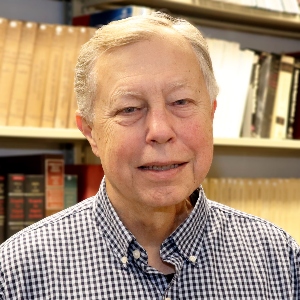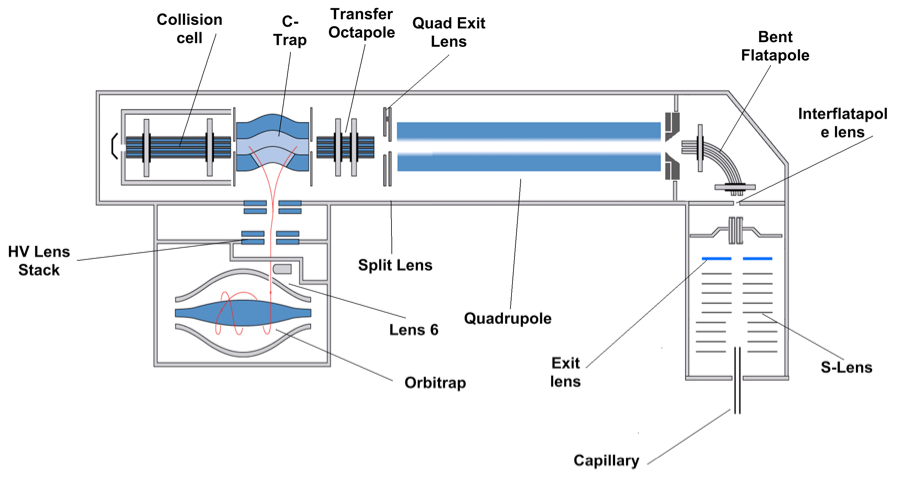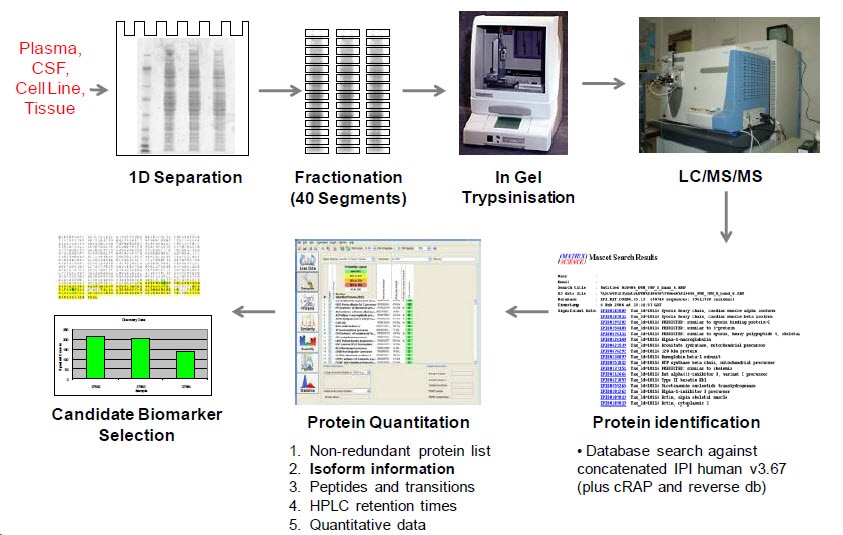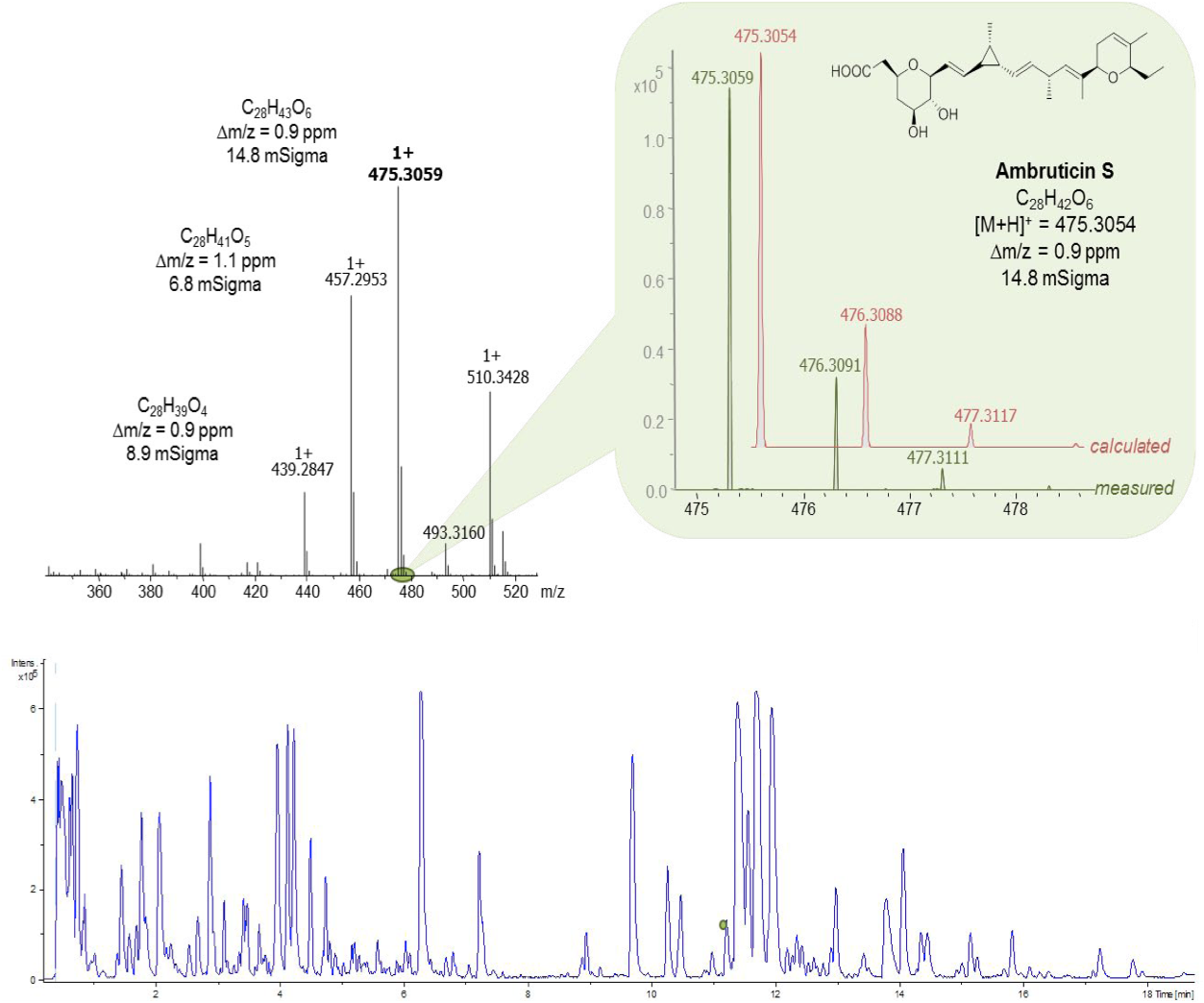John R. Lloyd, Ph.D.

Professional Experience
- Staff Scientist, Laboratory of Bioorganic Chemistry, NIDDK, NIH, 2004–Present
- General Partner, Universal MS Services, 1991–2004
- Applications Chemist, Finnigan Instruments, 1986–1991
- Senior Scientist, Johnson and Johnson, 1980–1986
- Postdoctoral, Rockefeller University, 1978–1980
- Ph.D., Yale University, 1978
Research Goal
I am involved in the identification of biologically active compounds for the treatment of diseases such as HIV, hepatitis C, tuberculosis, etc.
Current Research
I conduct advanced mass spectrometric analyses in support of a variety of chemical and biological research disciplines. These analyses include proteomics, natural product identification, quantification of short-chain fatty acids, intact protein identification, and polymer characterization.
Applying our Research
Our work is directed at developing new drug candidates for the treatment of various chronic diseases.
Need for Further Study
The mode of action of new drug candidates needs to be investigated further.
Select Publications
- Dehydroascorbic acid quantification in human plasma: Simultaneous direct measurement of the ascorbic acid/dehydroascorbic acid couple by UPLC/MS-MS.
- Violet PC, Munyan N, Luecke HF, Wang Y, Lloyd J, Patra K, Blakeslee K, Ebenuwa IC, Levine M.
- Redox Biol (2024 Dec) 78:103425. Abstract/Full Text
- A simple and cost-effective protocol for high-yield expression of deuterated and selectively isoleucine/leucine/valine methyl protonated proteins in Escherichia coli grown in shaker flasks.
- Cai M, Huang Y, Lloyd J, Craigie R, Clore GM.
- J Biomol NMR (2021 Mar) 75:83-87. Abstract/Full Text
Research in Plain Language
I use a chemical analysis tool called a mass spectrometer to study samples of various materials. The mass spectrometer analysis shows which chemicals are in a sample. It also shows how much of each chemical is in a sample.
Research Images




